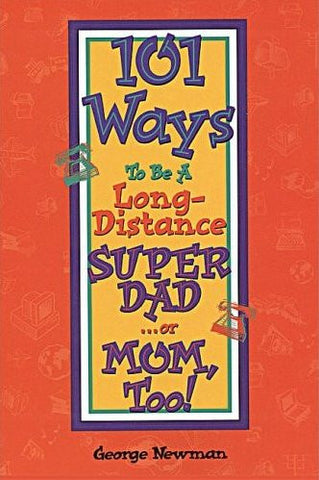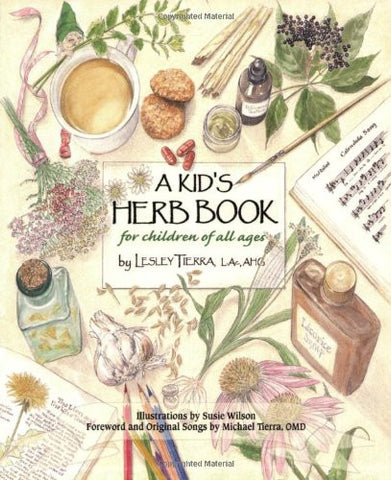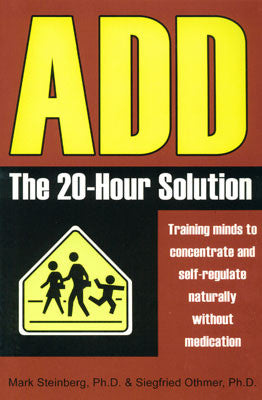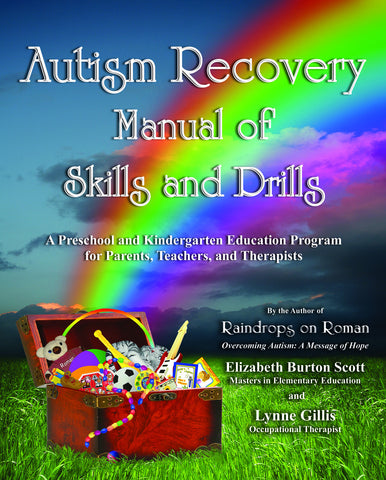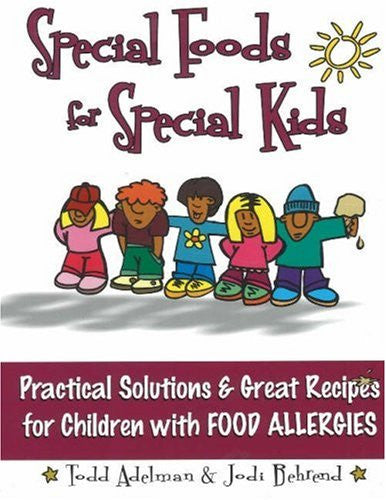
Robert Reed Publishers
Special Foods for Special Kids by Todd Adelman and Jodi Behrend
Perfect for millions of kids with food allergies
Helps parents help their kids, too!
Special Foods for Special Kids: Practical Solutions & Great Recipes for Children with Food Allergies, by Todd Adelman and Jodi Behrend, has received the highest compliment by being nominated for the prestigious James Beard Foundation Cookbook Award.
Millions of Americans suffer from allergies. According to an American Medical Association survey eight percent of all children under the age of six have food allergies. Ninety-five percent of children’s allergies are to milk, eggs, wheat, soybeans, seafood, nuts, and peanuts (which are legumes).
Parents must recognize both the signs and symptoms of food allergies, and their children’s specific needs. Allergic reactions can range from minimal (a runny nose) to severe (anaphylactic shock). Co-author Jodi Behrend says that family communication is crucial when dealing with (sometimes life-threatening) food allergies. It’s best if all family members are supportive and understand the special needs of the child with allergies so he or she doesn’t feel singled out at mealtime.
It can be frustrating for any parents to prepare appealing meals for children, but it’s even more challenging when children have food allergies. This book comes to the rescue by offering simple and appetizing recipes that children with food allergies (and those without them) can enjoy and tolerate (physically).
If children are allergic to gluten (wheat), there can be no more quick stops for hamburgers since the buns are usually made of wheat. If eggs are the source of the allergy, then “regular” birthday cakes and many other treats must be ruled out. If dairy is the culprit, trips to the ice cream store must be diverted. The family must adjust to new “food rules.” They need simple recipes and ingredient substitution ideas to make meal planning and preparation easy and nutritionally sound.
This excellent food “survival guide” is for parents, educators, childcare workers, chefs, people in the health field, and others. It clarifies what “food allergy” really means, provides tips to help children meet their nutritional needs, and offers healthy recipes for dishes from breakfast through dessert. With user-friendly instructions and a “Nutritional Analysis” for each recipe, this book takes the guesswork out of allergy-free cooking.
Many recipes in Special Foods for Special Kids have been adapted so well that it is difficult to distinguish the differences between conventional recipes and “allergy friendly” ones. Chicken pot-pie or chicken strips are great family pleasers, and can be made without using any offending ingredients. Desserts (such as chocolate cake or peach cobbler) can be shared and enjoyed by everyone. Most baked goods can be adapted using organic rice flour instead of wheat, egg substitute (potato starch) instead of whole eggs, and organic soy or rice milk instead of cow’s milk. (It’s best to use organic products because genetically altered ones may cause additional food allergy problems.) It may take some practice to get the texture just right, but ultimately each recipe promises to be tasty enough for even the pickiest eater!
Some parents may make the mistake of trying to put the entire family on the special diet. Yet co-author Todd Adelman believes that “This can create additional problems. Siblings may become resentful and try to ‘sneak’ food. Children with food allergies need to understand what they are facing. It is not in their best interest to create environments that are so different from the real world. In these cases, when children are outside of their parents’ protection, there can be greater challenges. It is important for all children to learn self-care techniques.”
When asked for some suggestions on how to deal with a child with an allergy who is also a picky eater, Adelman offers these tips: 1) Involve the child in menu planning, shopping, and preparation; 2) Have a calm and clear discussion about the offending food/s and how this makes the child feel; 3) Identify people with similar food issues and let the child know that he or she is not alone. Adelman says, “Experts suggest that kids need to try something three times before they really know if they like it or not. Parents should be patient because even picky eaters usually find something they will eat and they will almost never starve.”
Another dilemma for parents who must adapt to an allergy-free style of grocery shopping is that the special ingredients may not be readily accessible in some areas. Not all communities have health food stores. Therefore, this book provides a resource list for the most common allergy-inducing substances: dairy, eggs, and gluten. Additionally, it gives an invaluable resource directory on where to call or write to order allergy-friendly products or obtain information on food allergies. Family pediatricians or allergists may offer suggestions. Local bookstores, libraries, or Internet sites may also provide further information. The Centers for Disease Control and Prevention (CDC) have a wealth of health information on their website.
Buying special products, in addition to everyday grocery items, can make a dent in a family’s budget. Behrend suggests that “Buying certain products in bulk (such as alternative flours or cereals), and cooking from ‘scratch’ will save money.” Buying pre-packaged, processed foods (such as waffles, bread, or pizza crusts) are more expensive and not as healthful. Shopping at farmers markets and co-op buying are terrific ways to trim the budget and get fresh, high quality foods. Adelman recommends that parents “Prepare baked goods in quantity and freeze them to help save money by making foods readily available. Products are more available in large supermarkets as food allergies have become more prevalent. Shoppers need to read labels and be creative.” Adelman advises families to coordinate with their doctors and tax advisors to document the special “medical needs” of their children for possible tax deductions for the extra expenses.
Symptoms of food allergies may vary from child to child. Reasons behind the allergies can include hereditary pre-disposition, early food sensitization, environmental factors, and/or underlying medical problems. Yet there are things that children with allergies and their parents know for certain: they need tasty, enjoyable, readily available, easy-to-prepare, and affordable foods. They also need the support to make this health challenge part of a manageable, yet fun lifestyle.
THE AUTHORS:
Jodi Behrend has been a professional in the field of education for over 15 years. She is the Executive Director of CLASP Children’s Center, where she supervises early childhood and after school programs. She is the former Director of United Cerebral Palsy of New York City’s Manhattan Children’s Program. She has given numerous lectures and radio show interviews about children’s health issues.
Todd Adelman has been in the food industry for over 20 years. A Certified Food Executive and award-winning chef, he has been a Director of Food Services for the Brooklyn School for Special Children since 1986. He is responsible for meeting the dietary needs of over six hundred children and adults. His recipes may be found in Nutritious Recipes for School Food Services and Tastes of the Times Cookbook.
The authors are regular contributors to several national newsletters and parenting magazines. Both are recipients of 1996, 1997, and 1998 Cully Awards for achieving culinary excellence in recipe development. They also provide workshops for parents and professionals.

